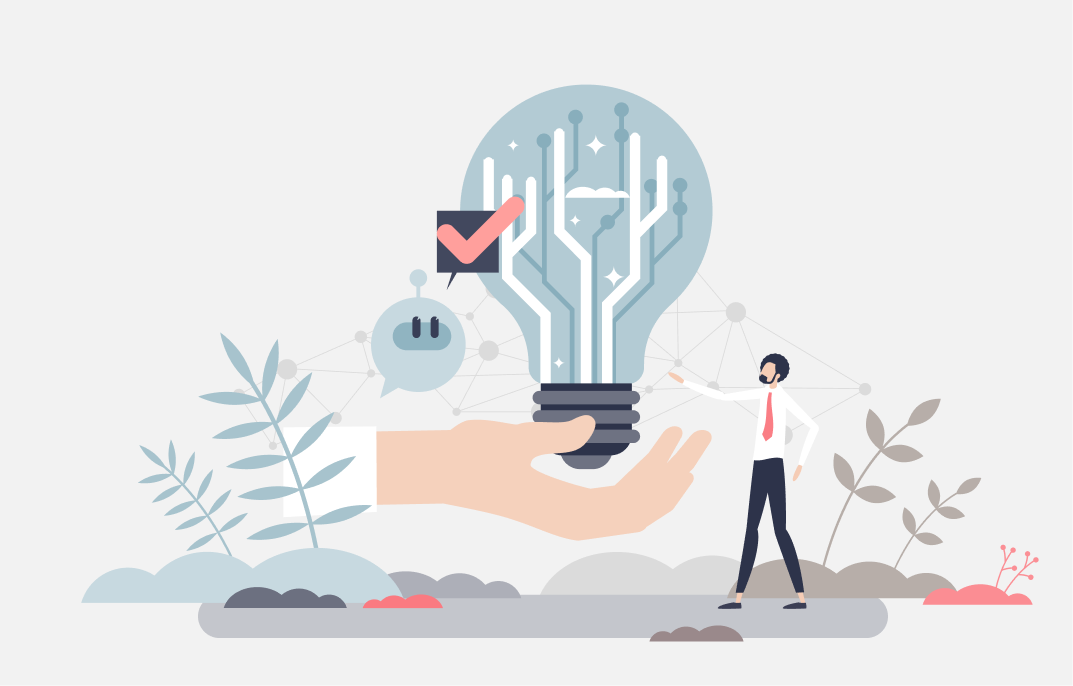Flutter is an open-source framework developed by Google that enables developers to create high-performance, visually appealing applications for iOS, Android, web, and desktop platforms using a single codebase. Understanding Flutter app development cost is crucial for businesses planning their digital transformation journey, as it directly impacts budget allocation, timeline planning, and return on investment calculations.
Flutter is a popular choice and has seen significant growth; the actual figure is closer to 13% of the cross-platform framework market share, according to a 2024 survey by Statista. This widespread adoption stems from Flutter's ability to deliver native-like performance while significantly reducing development time and costs compared to traditional native development approaches. Companies ranging from startups to Fortune 500 enterprises have embraced Flutter to accelerate their mobile app deployment strategies while maintaining high-quality user experiences across multiple platforms.
If your organization is looking to build scalable and efficient mobile applications, consider working with experienced professionals. Hire Flutter developers to ensure high-quality results and optimal cost-efficiency.
%20(1)%20(1).png)
What Is Flutter and Why Is It Popular for App Development?
Flutter represents a paradigm shift in mobile app development, offering a comprehensive solution for businesses seeking efficient, cost-effective application development. The framework utilizes the Dart programming language and provides a rich ecosystem of pre-built widgets, enabling developers to create sophisticated user interfaces with minimal effort. Flutter app development cost is typically 30-40% lower than native development approaches, making it an attractive option for businesses with budget constraints.
Key Benefits of Using Flutter for Mobile App Development
Flutter mobile app development offers numerous advantages that directly impact both development efficiency and cost-effectiveness.
%20(1).png)
- The framework's hot reload feature enables developers to see changes instantly without restarting the application, significantly accelerating the development process and reducing debugging time. This capability alone can reduce development cycles by up to 50% compared to traditional frameworks.
- The single codebase approach eliminates the need for separate development teams specializing in iOS and Android platforms. Instead of maintaining two distinct codebases with different programming languages, technologies, and testing requirements, development teams can focus their expertise on a unified Flutter implementation. This consolidation results in reduced complexity, improved consistency across platforms, and streamlined maintenance processes.
- Flutter's widget-based architecture provides exceptional customization capabilities, enabling developers to create unique user interfaces that maintain consistency across different platforms while adhering to platform-specific design guidelines. The framework includes comprehensive support for Material Design and Cupertino design systems, ensuring applications feel native to their respective platforms while sharing underlying functionality.
Why Flutter Is Cost-Effective Compared to Native App Development
Flutter vs native app development cost comparisons consistently demonstrate Flutter's economic advantages for most business scenarios. Native development requires separate teams with specialized skills in Swift/Objective-C for iOS and Java/Kotlin for Android, effectively doubling human resource requirements and extending development timelines. Flutter eliminates this duplication by enabling a single team to deliver applications for both platforms simultaneously.
Development time reduction represents the most significant cost advantage of Flutter adoption.
While native development requires building essentially two separate applications, Flutter enables approximately 1.5 times faster development compared to native approaches3. This acceleration stems from code reusability, shared business logic, and unified testing procedures that eliminate platform-specific redundancies.
Long-term maintenance costs also favor Flutter implementations. Updates, bug fixes, and feature enhancements require modification in only one codebase rather than maintaining synchronization across multiple platform-specific implementations. This unified approach reduces ongoing development efforts, minimizes the risk of platform-specific inconsistencies, and simplifies quality assurance processes.
Key Factors That Affect the Cost of Flutter App Development
Understanding the primary factors affecting Flutter development cost enables businesses to make informed decisions about project scope, resource allocation, and budget planning. These factors interact in complex ways, making accurate cost estimation a critical component of successful project planning.
Scope and Complexity of the App
Flutter app features and pricing correlate directly with application complexity levels.
- Simple applications with basic functionality typically cost between $10,000 and $30,000, featuring essential elements such as user authentication, basic navigation, and minimal third-party integrations. These applications generally require 3-8 months of development time and include fundamental features like login systems, user profiles, and basic data display capabilities.
- Medium complexity applications range from $30,000 to $80,000 and incorporate advanced features such as real-time chat functionality, payment gateway integrations, API connections, and sophisticated user interface designs. These applications typically require backend development for user management, data storage, and business logic implementation. Development timelines extend to 6-12 months, reflecting the increased technical requirements and testing complexity.
- Complex applications command budgets exceeding $80,000 and can reach $200,000 or more, depending on feature sophistication and integration requirements. These applications incorporate artificial intelligence capabilities, machine learning algorithms, real-time streaming functionality, Internet of Things integrations, and advanced security implementations. Development timelines often extend beyond 12-18 months, requiring specialized expertise and extensive testing across multiple platforms and use cases.
Customization and Design Requirements
Flutter app features and pricing are significantly influenced by design complexity and customization requirements.
.png)
- Basic user interface designs with standard Flutter widgets and minimal customization typically represent 10-20% of total development costs.
- Applications requiring extensive custom animations, unique visual elements, and brand-specific design implementations can increase design-related costs substantially.
Custom design requirements encompass:
- User experience research
- Wireframe development
- Mockup creation
- Iterative design refinement
Complex animations, transitions, and interactive elements require additional development time and specialized expertise, particularly when maintaining consistency across different screen sizes and platform specifications.
Responsive design considerations for tablets, different screen densities, and accessibility requirements add complexity to the design implementation process. Applications targeting multiple form factors must account for layout adaptation, touch target optimization, and navigation pattern adjustments that accommodate varying user interaction paradigms.
Development Team Location and Expertise
Flutter development pricing varies significantly based on geographic location and team expertise levels.
- North American developers typically charge between $100-$250 per hour.
- Western European rates range from $50-$150 per hour.
- Eastern European developers offer competitive rates between $30-$80 per hour.
- Asian markets, particularly India, provide cost-effective options ranging from $15-$100 per hour.
Flutter app development pricing guide considerations must account for the relationship between cost and quality. While lower hourly rates may appear attractive, they often correlate with longer development timelines, communication challenges, and potential quality issues that can increase overall project costs. Experienced development teams with proven Flutter expertise typically deliver more efficient development processes, resulting in better value despite higher hourly rates.
Team composition also impacts overall costs:
- Freelance developers may offer lower rates but typically lack the comprehensive skill sets required for complex applications.
- Development agencies provide complete teams including project managers, designers, developers, and quality assurance specialists, offering more predictable outcomes at higher overall costs.
- In-house development provides maximum control but requires significant investment in recruitment, training, and infrastructure.

Breakdown of Flutter App Development Costs
Understanding the detailed Flutter app development cost breakdown enables businesses to allocate budgets effectively and make informed decisions about project priorities and resource allocation.
Basic Flutter App Development Cost Estimate
Cost of building a Flutter app for basic functionality typically ranges from $15,000 to $50,0006, depending on specific feature requirements and development team selection. These applications include fundamental capabilities such as:
- User registration
- Profile management
- Basic navigation
- Push notifications
- Simple data display functionality
Basic applications typically require 3-6 months of development time, involving 2-3 developers working part-time or full-time depending on project urgency and scope. The development process includes requirements analysis, design implementation, core functionality development, basic testing, and deployment to app stores.
Feature scope for basic applications generally encompasses:
- 5-10 screens with standard user interface components
- Basic data storage capabilities
- Minimal third-party service integrations
Authentication systems typically utilize standard solutions like Firebase Authentication, while data storage relies on simple database implementations or cloud-based services.
Advanced Flutter App Development with Complex Features
Flutter app development cost for advanced applications ranges from $80,000 to $200,000 or more, reflecting the increased complexity of features, integrations, and technical requirements. These applications incorporate sophisticated functionality such as:
- Real-time data synchronization
- Advanced analytics
- Custom backend APIs
- Complex business logic implementation
Advanced applications typically require 8-18 months of development time, involving larger development teams with specialized expertise in areas such as backend development, API integration, security implementation, and performance optimization. The development process includes:
- Comprehensive requirements analysis
- Architectural design
- Iterative development cycles
- Extensive testing
- Gradual deployment strategies
Complex feature implementations include:
- Artificial intelligence integration
- Machine learning capabilities
- Augmented reality functionality
- Real-time communication systems
- Advanced payment processing
- Enterprise-level security measures
These features require specialized knowledge, extended development timelines, and comprehensive testing to ensure reliable performance across different platforms and usage scenarios.
How to Estimate the Total Cost of Your Flutter App Development Project
Accurate estimating Flutter app development cost requires a systematic evaluation of multiple factors and a comprehensive understanding of project requirements, technical constraints, and business objectives.
Factors to Include When Estimating the Cost
Flutter app development cost estimation must account for both obvious and hidden expenses that impact overall project budgets.
Direct development costs include:
- Developer salaries
- Design expenses
- Basic infrastructure requirements
However, successful estimation also considers indirect costs such as:
- Project management
- Quality assurance
- Legal compliance
- Post-launch support requirements
Factors affecting Flutter development cost extend beyond initial development to encompass ongoing operational expenses.
- Backend infrastructure costs vary based on user volume, data storage requirements, and service level agreements.
- Third-party service integrations introduce ongoing subscription fees, transaction costs, and potential scaling expenses as user bases grow.
Comprehensive cost estimation should account for multiple development phases, including:
- Discovery and planning
- Design and prototyping
- Core development
- Testing and quality assurance
- Deployment and launch
- Ongoing maintenance and support
Each phase requires specific resource allocation and timeline consideration that impact overall project costs.
How to Prepare a Budget for Your Flutter App Development Project
Flutter app development pricing guide recommendations emphasize the importance of detailed budget planning that accommodates both fixed and variable costs throughout the development lifecycle. Effective budget preparation begins with a clear definition of:
- Project scope
- Success criteria
- Acceptable trade-offs between features, timeline, and cost constraints
Budget allocation should follow industry best practices, typically dedicating:
- 40-60% of total budget to core development activities
- 15-25% to design and user experience
- 10-20% to testing and quality assurance
- 10-15% to project management and coordination activities
Additional contingency allocation of 10-20% helps accommodate:
- Scope changes
- Technical challenges
- Unforeseen complications
Phased budget planning enables better risk management and allows for iterative refinement of project scope based on evolving business requirements and market feedback. Minimum viable product (MVP) approaches can reduce initial investment while providing market validation before committing to full feature development.

How Flutter Compares with Other Mobile Development Frameworks on Cost
Understanding Flutter vs native app development cost comparisons helps businesses make informed technology decisions based on their specific requirements, constraints, and long-term objectives.
Flutter vs Native Apps: Cost Considerations
Flutter vs native app development cost analysis reveals significant advantages for Flutter in most business scenarios.
- Native development requires separate codebases for iOS and Android platforms, effectively doubling development efforts and associated costs.
- Flutter's single codebase approach can reduce overall development costs by 30% compared to building two separate native applications.
Native development requires specialized teams with platform-specific expertise, increasing human resource costs and coordination complexity.
- iOS development requires Swift or Objective-C knowledge along with Xcode proficiency.
- Android development demands Java or Kotlin expertise with Android Studio familiarity.
Flutter eliminates this specialization requirement by enabling developers to work across both platforms using the Dart programming language.
Long-term maintenance costs favor Flutter implementations due to unified codebase management.
- Native applications require separate maintenance efforts for each platform, including individual bug fixes, feature updates, and security patches.
- Flutter applications benefit from centralized maintenance that automatically applies across all supported platforms, reducing ongoing operational expenses.
Comparing Flutter with React Native and Other Cross-Platform Tools
Flutter vs native app development cost extends to comparisons with other cross-platform frameworks such as React Native, Xamarin, and Ionic.
- Cross-platform development typically reduces costs by 15-20% compared to building separate native applications, though specific savings vary based on project requirements and implementation approaches.
React Native offers advantages for teams with existing JavaScript expertise, potentially reducing onboarding time and training costs. However, React Native applications often require platform-specific native modules for advanced functionality, adding complexity and increasing development costs.
Flutter's comprehensive widget system reduces dependency on platform-specific implementations, providing more predictable cost structures.
Performance optimization requirements can impact cost comparisons between frameworks.
- React Native applications may require additional native development for performance-critical features.
- Flutter applications typically achieve native-like performance without additional platform-specific optimization.
This consistency reduces testing complexity and ensures more predictable user experiences across platforms.
Additional Costs to Consider for Flutter App Development
Comprehensive Flutter app development cost planning must account for expenses beyond core development activities that significantly impact overall project budgets and long-term operational costs.
Costs for Backend Integration and Third-Party Services
Flutter app development cost increases substantially with backend complexity and third-party service integrations.
- Basic backend implementations using services like Firebase or Supabase typically add $2,000-$3,000 to project costs.
- Moderate complexity backends with custom APIs, administrative panels, and database management can increase costs by $3,000-$6,000.
- Advanced backend implementations incorporating custom APIs, analytics platforms, payment processing systems, and dashboard functionality can add $6,000-$10,000 or more to development costs.
Enterprise-level integrations with customer relationship management systems, enterprise resource planning platforms, and advanced security implementations often require specialized expertise and extended development timelines.
Third-party service integrations introduce both initial implementation costs and ongoing operational expenses.
- Payment gateway integrations typically require one-time setup costs plus transaction fees.
- Analytics platforms, push notification services, and cloud storage solutions involve recurring subscription fees that scale with usage volume and feature requirements.
Ongoing Maintenance and Updates for Your Flutter App
Flutter app development cost planning must include ongoing maintenance expenses that ensure applications remain functional, secure, and competitive in evolving market conditions.
- Small applications with basic functionality typically require $2,000-$5,000 annually for maintenance, including bug fixes, security updates, and minor feature enhancements.
- Medium complexity applications generally require $10,000-$25,000 annually for comprehensive maintenance, encompassing regular updates, performance optimization, feature enhancements, and compatibility testing with new operating system versions.
- Large, feature-rich applications often require $25,000-$50,000 or more annually for full-scale maintenance, including dedicated development resources, continuous monitoring, and proactive optimization.
App store compliance represents an additional ongoing cost consideration.
- Both Apple App Store and Google Play Store require annual developer program memberships ($99 for Apple, $25 one-time fee for Google).
- Potential commission fees on in-app purchases and subscriptions range from 15-30% of revenue.
- Regular updates to maintain compatibility with platform guidelines and security requirements necessitate ongoing development investment throughout the application lifecycle.
Final Thoughts
Flutter app development cost estimation requires a comprehensive understanding of project requirements, technical complexity, and business objectives. Successful cost planning considers both immediate development expenses and long-term operational costs, enabling businesses to make informed investment decisions that align with their strategic goals and budget constraints.
Estimating Flutter app development cost accurately depends on a clear project scope definition, realistic timeline expectations, and a thorough evaluation of available development options. Businesses should prioritize requirements gathering, competitive analysis, and stakeholder alignment before committing to specific cost estimates or development approaches.
The Flutter ecosystem continues evolving rapidly, with new tools, libraries, and best practices emerging regularly. Organizations planning Flutter development projects should engage with experienced development teams who maintain current knowledge of framework capabilities, industry trends, and cost optimization strategies. Professional development partners can provide detailed estimates, risk assessments, and implementation roadmaps that ensure successful project outcomes while optimizing budget utilization.
Successful Flutter app development requires balancing cost considerations with quality requirements, timeline constraints, and long-term business objectives. While cost optimization remains important, focusing exclusively on minimizing expenses can compromise application quality, user experience, and market competitiveness. Strategic investment in experienced development teams, comprehensive testing, and ongoing maintenance typically delivers better long-term value than budget-focused approaches that sacrifice quality or functionality. To ensure your Flutter project is built with expert insight and aligned with your business goals, partner with Codebridge. Their dedicated team of Flutter developers offers end-to-end support, from cost estimation and planning to high-quality delivery and post-launch optimization.
FAQ
What factors influence the cost of Flutter app development?
Flutter app development costs depend on app complexity, number of features, UI design requirements, third-party integrations, backend development needs, and platform targets. The more advanced the functionality, the higher the development time and budget required.
Why is Flutter considered a cost-effective option for app development?
Flutter is cost-effective because it allows developers to build iOS and Android apps using a single codebase. This reduces development time, lowers maintenance costs, and speeds up deployment. Businesses save money by avoiding separate native development teams for each platform.
How does app complexity affect pricing in Flutter projects?
Simple apps with basic screens cost significantly less than complex apps that include real-time features, animations, authentication systems, or API integrations. As complexity increases, more development hours are required, leading to a higher final cost.
What role does UI and UX design play in determining Flutter development costs?
Custom UI elements, animations, and interactive components add to the overall design workload. A polished, visually rich interface requires additional time from designers and developers, increasing the total cost. Minimalistic or template-based designs typically reduce expenses.
Do backend requirements impact Flutter app development pricing?
Yes, backend requirements such as databases, cloud services, user authentication, and APIs directly affect cost. A feature-heavy backend demands more engineering work and infrastructure setup. Simple apps with minimal backend logic are considerably more affordable.
How can startups reduce the cost of Flutter app development?
Startups can reduce costs by prioritizing essential features, starting with an MVP, using reusable components, and avoiding unnecessary complexity. Outsourcing to experienced Flutter developers or agencies also helps maintain quality while controlling budget.
Heading 1
Heading 2
Heading 3
Heading 4
Heading 5
Heading 6
Lorem ipsum dolor sit amet, consectetur adipiscing elit, sed do eiusmod tempor incididunt ut labore et dolore magna aliqua. Ut enim ad minim veniam, quis nostrud exercitation ullamco laboris nisi ut aliquip ex ea commodo consequat. Duis aute irure dolor in reprehenderit in voluptate velit esse cillum dolore eu fugiat nulla pariatur.
Block quote
Ordered list
- Item 1
- Item 2
- Item 3
Unordered list
- Item A
- Item B
- Item C
Bold text
Emphasis
Superscript
Subscript







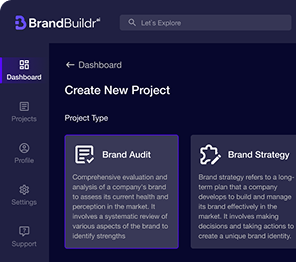
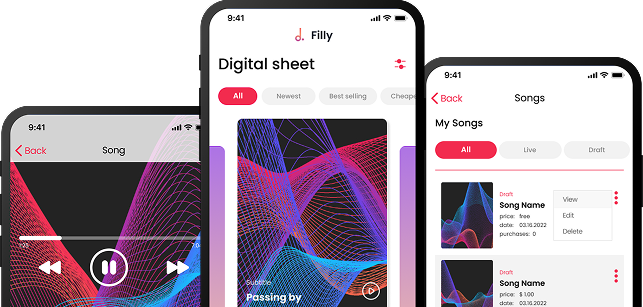










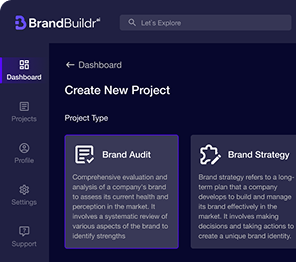

.avif)

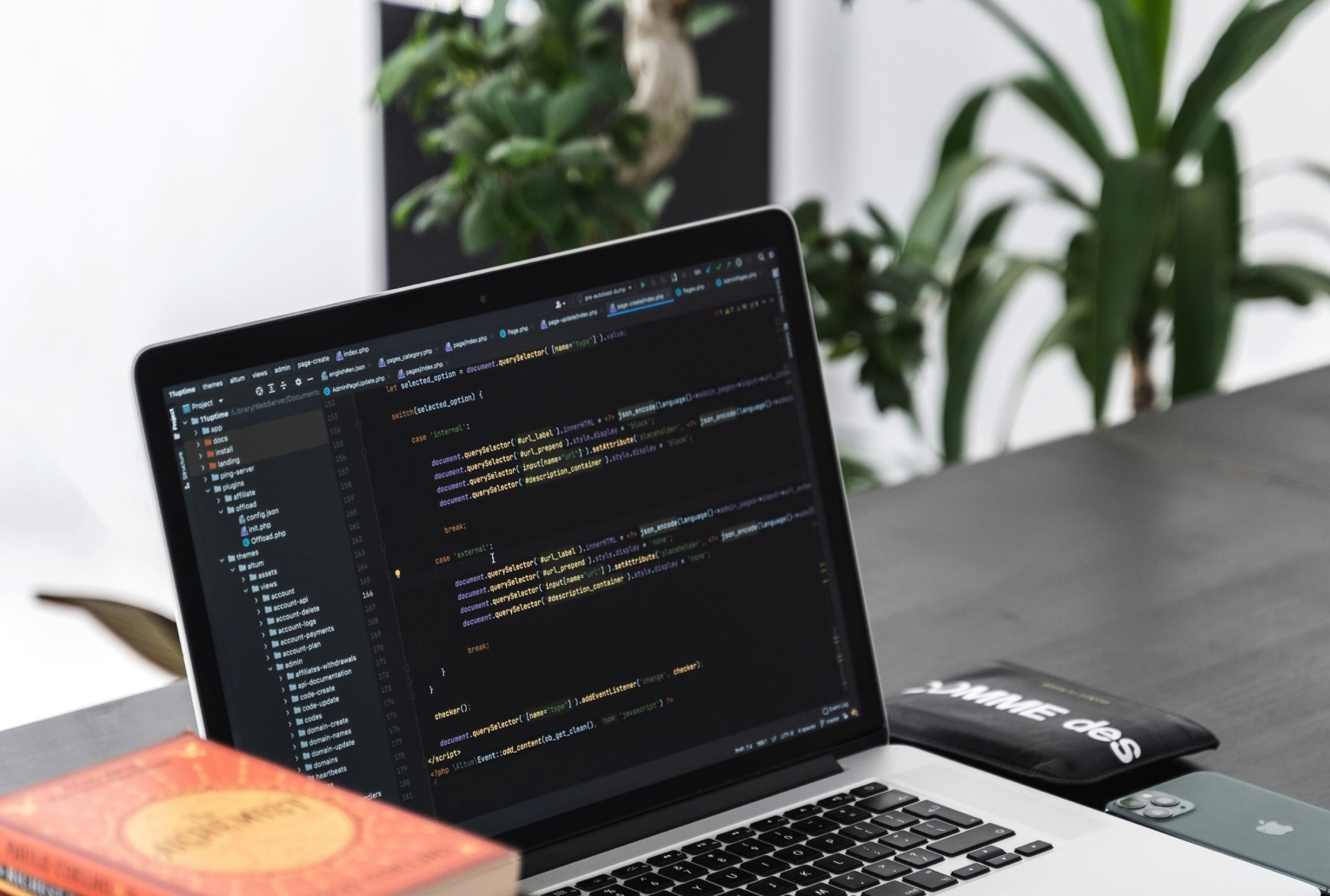

.avif)

.avif)
